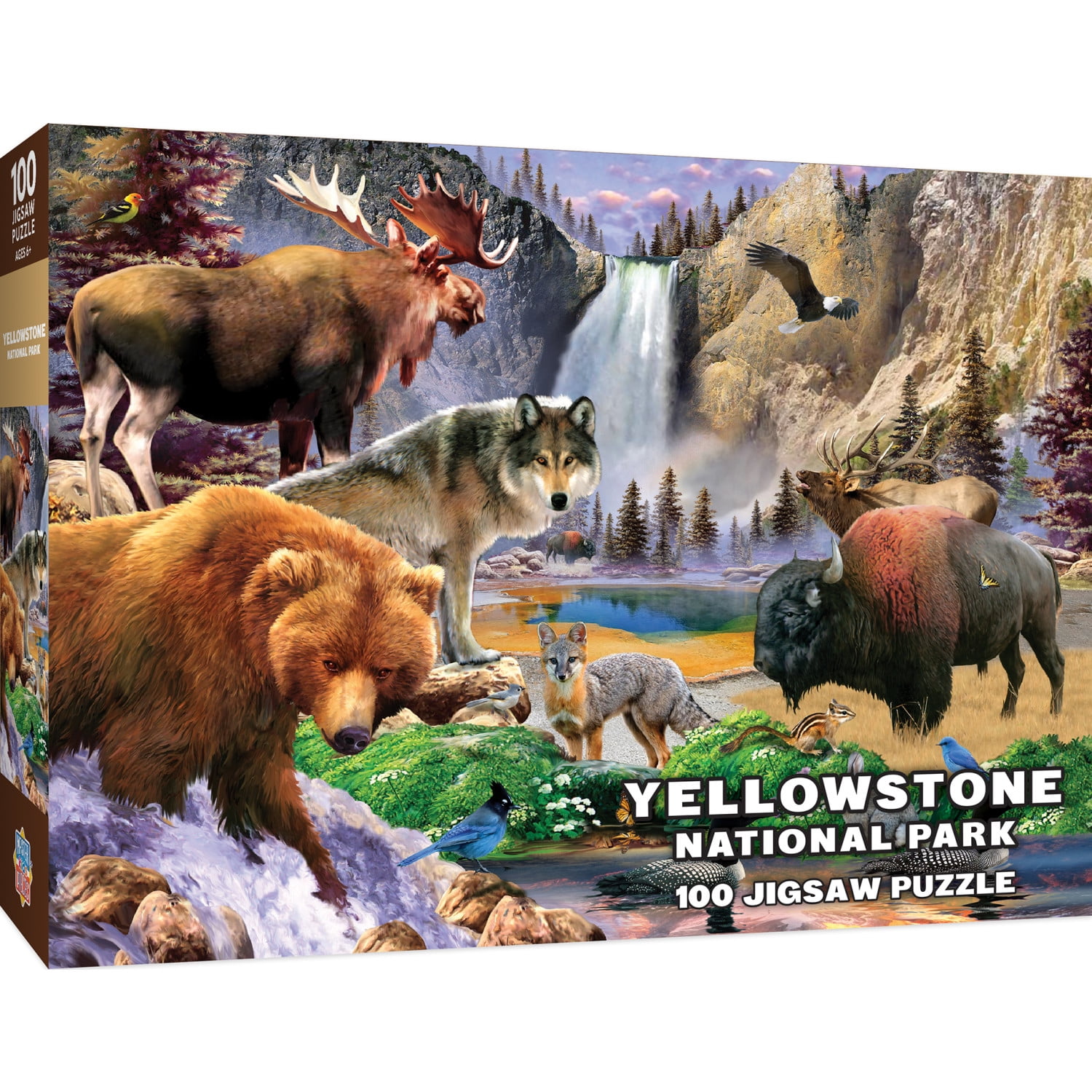A National Treasure
Established in 1872, Yellowstone National Park holds the distinction of being the first national park in the world, a testament to America’s commitment to conserving its natural wonders. Spanning over 3,400 square miles across Wyoming, Montana, and Idaho, the park is renowned for its diverse ecosystems, geothermal features, and as a sanctuary for wildlife. The park’s iconic bison, grizzly bears, and colorful hot springs draw millions of visitors annually, with recent figures showing nearly 4 million people exploring its rugged beauty in 2022 alone.
The Geothermal Marvels
Yellowstone’s geology is one of its most compelling aspects. The park sits atop a massive volcanic hotspot, leading to its famous geysers, including Old Faithful, which can erupt up to 185 feet into the air. The vibrant colors of the Grand Prismatic Spring, the largest hot spring in the U.S., are caused by a variety of thermophilic bacteria. These geothermal wonders continually remind visitors of the Earth’s incredible power and the dynamic nature of this landscape. Dr. Emily Carter, a geologist at the University of Wyoming, observes, “The geothermal features in Yellowstone act as a living laboratory for understanding volcanic activity and thermal ecology, making the park an essential site for both research and tourism.”
Wildlife at Risk
Despite its beauty and allure, Yellowstone faces several environmental challenges that threaten its delicate ecosystems. Climate change is increasing temperatures and altering precipitation patterns, posing risks to both the flora and fauna that call the park home. Biologist Mark Thompson notes, “Wildlife migration patterns have shifted, and species that once thrived in Yellowstone are struggling to adapt to rapidly changing conditions. The diversity of life here is under significant stress.” Recent studies indicated a decline in various species, ranging from fish populations impacted by warming waters to changes in habitat for iconic species like the elk and the grizzly bear.
Public Sentiment and Advocacy
Public interest in preserving Yellowstone’s natural beauty has prompted varied responses from the visitor community. Social media channels like Instagram and Twitter are rife with images and sentiments celebrating the park’s majesty, while alarming posts highlight issues such as overcrowding and environmental degradation. Users have recently begun leveraging hashtags such as #SaveYellowstone, calling on tourists to adopt more sustainable practices while visiting. The sentiment “Leave No Trace” resonates strongly among advocates who emphasize the importance of minimal impact on these treasured landscapes.
Looking Ahead
As we look toward the future, Yellowstone National Park stands at a crossroads. Enhanced management strategies are needed to balance the influx of visitors with the park’s ecological preservation. The National Park Service has proposed revised visitor regulations aimed at mitigating overcrowding, but challenges remain. Advocates suggest that fostering a deeper connection between visitors and the park’s fragile ecosystems might be one of the most effective ways to cultivate generational stewardship.
In the spirit of preserving nature for future generations, Yellowstone National Park serves as a poignant reminder of both the beauty and fragility inherent in our natural world. The steps taken today will determine whether future generations will be able to experience the grandeur of this unique landscape.
